A friend of the blog also interested on visual geometry asked me the other day about some books for visual representations of Riemann spaces, and Galois, and Lie groups.
I do not know those books. They only things I found are remote analogical representations that are not geometrical figures although are something visual and I do not understand them. But that remembered me I developed some diagrams about Galois groups by using rational and irrational symmetries several years ago, and I think I related them to Hodge cycles.
Retaking those ideas, but using rational symmetries only, I’m going to try now another approach by using the extensions of Galois fields and the continuous symmetries of the Lie groups to explain from a geometrical point of view why the fifth and higher degree polynomials cannot be solved by radicals (the basic operations of addition, subtraction, multiplication, division and root squares) as Abel and Galois works demonstrated with their works.
– – – – – – – – – – – – –
Some interesting terminologies:
https://en.wikipedia.org/wiki/Galois_group :»In mathematics, more specifically in the area of abstract algebra known as Galois theory, the Galois group of a certain type of field extension is a specific group associated with the field extension. The study of field extensions and their relationship to the polynomials that give rise to them via Galois groups is called Galois theory, so named in honor of Évariste Galois who first discovered them.»
https://en.wikipedia.org/wiki/Lie_group : «A Lie group is a group whose elements are organized continuously and smoothly, as opposed to discrete groups, where the elements are separated—this makes Lie groups differentiable manifolds. Lie groups are named after Norwegian mathematician Sophus Lie, who laid the foundations of the theory of continuous transformation groups.»
https://en.wikipedia.org/wiki/Algebraic_function_field : In mathematics, an algebraic function field (often abbreviated as function field) of n variables over the field k is a finitely generated field extension K/k which has transcendence degree n over k. Equivalently, an algebraic function field of n variables over k may be defined as a finite field extension of the field K=k(x1,…,xn) of rational functions in n variables over k.»
https://en.wikipedia.org/wiki/Permutation_group «The popular puzzle Rubik’s has been used as an illustration of permutation groups. Each rotation of a layer of the cube results in a permutation of the surface colors and is a member of the group. The permutation group of the cube is called the Rubik’s cube group.»
https://en.wikipedia.org/wiki/Isometry : Isometry
– – – – – – – – – – – – –
For this different approach we only need to create what I think would be a flat Riemann isometric space, by dividing the XY Z spatial coordinates in equal intervals.
On that space we trace a first curve from the point zero to the point 1. And then we perform the inverse operation tracing the conjugate curve from 1 to 0. That lets create a first field {01, 10} that is going to determine the symmetry of the successive larger extensions we are going to create from it.
So, we can project the initial curve from 01 to 2, and from them we perform the inverse operation. But to preserve the symmetry of this permuted (rotated from X to Z) extension we also need to project in a rotational way, by permuting it, the initial inverse curve, mapping it from 10 to 1’0. So the permuted extension will be {012, 21’0}.
In the same way, we can build a new extension of a higher permutational degree mapping 012 to 0123 and 21’0 to 2’1»0, to get the rotated field {0123, 32’1»0}
And we build another larger extension of a higher permutational degree mapping 0123 to 01234 and 32’1»0 to 3’2»1»’0, to get the rotated field {01234, 43’2»1»’0}.
When arriving to the point 5 projecting 01234 to 012345, if we trace its inverse curve we will need to pass through 54’3»2»1»»0. But the point 1»» is missing because it’s coincident with the +1 of the initial field. If these functions were a polynomial of forth degree, the replacement of the forth exponential 1»» by 1 would not have arithmetic consequences because the value of 1 would not change.
But when it comes to the next extension 0123456, the inverse curve finds this same limitation at the missing inverse point 2»». So, instead of creating the field {0123456. 65’4»3»’2»»1»»’} we need to create the field {0123456, 65’4»3»’21’}. The symmetry of the group of previous sub-extensions, the Galois group, and the smooth continuity of the group will be saved from this geometrical point of view by replacing 2»» by 2 and 1»»’ by 1′. But when it comes to algebraic polynomials, we cannot replace the forth exponential 2 by a 1 exponential 2 without creating arithmetical consequences that are going to affect to the solvability of the polynomial.
The difference between the preserved geometrical symmetry and the broken algebraic symmetry would be explain by considering that the geometric symmetry is only apparent because we are going with flat curved functions on a flat plane. But if we thought about the diagrams as increasingly orthogonal structures, we would appreciate that the symmetry of the extension and the possibility of keeping creating larger and higher degree extensions in a smooth or continuous way, also gets broken. Because when we arrive to the point 3»’ we can jump to the point 2, we only could use the point 2»» which should exist in a higher orthogonal level. Or could the exponentially inverse negative 2»» point be considered equal to the positive 2? The inverse 2»» would mean that the base 2 is negative and the decreasing or inverse 4th exponential is also negative.
So, we maybe could represent the above diagrams as rising structures, in the sense that each + rotational permutation rises a higher floor, while each inverse rotational permutation goes down one floor. In that sense, it would be clear that the continuity of the increasing extensions would get broken beyond the 5th floor, or in algebraic terms, beyond the forth polynomial. In that sense, those figures could be compared by analogy to a spiral tower that has a unique up staircase, leading up to each floor, but each floor would have each own down staircase. In that way, if we were in the 5th floor at the point 6 and we went down through its down 5th staircase, when we arrived to the floor 3’’’ we would find that stair finishes at that point 3’’’, and that there’s no available stair to keep going down to the next down floor 2’’’. From there, we could not use the the stair 2 of the floor 2 because it would not be accesible when coming from the down path of the floor 5.
But you can see that while we are build the figure, we are creating an inverted curve or descending scale for each ascending curve or scale in each floor. When it comes to the first curve, we create its inverted or conjugate curve when we go again towards zero; and when we are in the second floor (at the point 2) we create the inverted descending scale when we trace the curve from 2 towards 1′.
In that sense, we we come down from the floor 6 through 5′, 4», 3»’, and we expect to find a 2»» but we find a 2, that number 2 is the point of intersection between the ascending scale 12 and descending scale 2’1. We could not expect to use the 2»» but it seems reasonable to think, as the symmetry is respected, to use the descending scale 21′ that would be equivalent to 2»»1′. The problem is that as we are counting the degrees of the descending scale in an inverted way, from 6 0 0 instead of from 0 to 6, when it comes to 2»» or 2(4th) we are considering the 4th degree with respect to 6, not with respect to 1.
Interestingly, we can sew, follow each straight coordinate, how the degrees are decreasing starting from 0
Taking the Y+ coordinate, we see how the points are 1»’, 3», 5′, 7.
Taking the Z+ coordinate, the points are 2»’, 4», 6′, 8
Taking the X+ coordinate, we get the the first discordance as it starts by 1: 1, 3»’, 5», 7′, 9
Taking the Z+- coordinate, we get the second discordance as it starts by 2: 2, 4»’,6», 8′, 10
Taking the Y- coordinate, we get 3, 5»’, 7», 9′, 11
We can also observe another kind of groups that can be formed keeping the symmetry but following different paths.
Look at the field with the pink borders, from the corner 5»’ we can follow a linear path of permutations with the same 3th degree 4»’, 3»’, 2»’, 1»’. And in an inverse sense, we can create a mirror symmetric function that will form a symmetric field, following the path 5»’, 4, 3′, 2», 1»’.
We can try to create the same kind of figure with larger numbers that will have lower degrees. So for example, starting from the 2th degree 6: 6», 5», 4», 3», 2», 1». And inversely: 6», 5»’, 4, 3′, 2», 1»’. You can see here how the overlapping changes the expected symmetry of the larger field, (it’s not going to respect the same symmetry at the starting points from 0 to 1 and from 1 to 2), and that overlapping creates a sub-extension (we could represent it with curves ads well) that is an extension of two 1/2 parts of two different 1 initial fields.
But in any case, the only change between the figures of functions f5 and f6 is the change of the slope of 3’2» and 2»3» in function f6 because the slope becomes zero at that point. So there is a transformation of the curvature that becomes zero creating the appearance of an heptagon in the f6 fields that should be, as the f5 field an octagon.
What causes the overlapping there is that both sides of the function f6 share the same 01 and 12»intervals that would exist in a straight way on the Z-+ coordinate, which is a coordinate we did not use, so do not have categorized the degree of the permutation of that 01 interval on Z=+ coordinate.
If we compare the points of f5, f6, f7 and f8, we can see these decreasing grades formed with one side of each function:
f5(1»’) f6(1») f7(1′) f8(1)
f5(2»’) f6(2») f7(2′) f8(2)
f5(3»’) f6(3») f7(3′) f8(3)
f5(4»’) f6(4») f7(4′) f8(4)
f5(5»’) f6(5») f7(5′) f8(5)
And a linear grade with the inverse part of each function:
f5(1»’) f6(1»’) f7(1»’) f8(1»’)
f5(2») f6(2») f7(2») f8(2»)
f5(3′) f6(3′) f7(3′) f8(3′)
f5(4) f6(4) f7(4) f8(4)
And then, we start again with the 3th degree:
f5(5»’) f6(5»’) f7(5»’) f8(5»’)
f5(6») f6(6») f7(6») f8(6»)
f5(7′) f6(7′) f7(7′) f8(7′)
f5(8) f6(8) f7(8) f8(8)
What we are doing with analysing these possible symmetries, the structure of the created fields and the groups they form, their continuities and discontinuities, is actually a mathematical analysis, but from a purely geometrical point of view, which seems is something that has been forgotten due to the exclusively abstract algebraic approach of modern mathematics.
[So. I found no book about differential geometry, Galois or Lie theories, etc, using similar kind or whatever geometric figures to explain groups and symmetries. To me it would be the most natural point of view. Differential calculus could be explained in this kind of context as well instead of showing us the concepts of tangent, slopes, increments or decrements in a way that does not have a meaningful geometrical context although the spatial coordinates are used in what is named «a geometrical interpretation», as something helpful for visual people but that nobody actually understands. If they understood what they are doing, they would have developed geometrical explanations.
This is the main cause that explain why so many people who need spatial and visual references but also meaningful and deep understandings about what’s going on – those who
instinctively will reject to memorize definitions or formulas they do not understand – are getting outside of the scientific realm because they are failing with symbolic algebra.]
However, it’s not clear enough to me yet the exact correspondence between the geometric approach through fields and the algebraic arithmetic that solves the polynomials, between the rotational permutations and their inverse operation and the exponentiation or multiplications and its inverse roots or negative divisions. It’s not clear enough how that relation between the algebraic equations and the material fields exactly works. So I still have to research a bit more about that.
But looking for information I’ve felt interested on the Felix Klein work about his «Erlangen» program, which tries to classify – as an entomologist of geometric curves – geometry through the study of group theory and projective geometry. It’s surprising, taking a look at some Klein works that he drew geometric figures when explaining his ideas, something that seems to be – as projective geometry itself – totally forgotten by the exclusive use of algebraic operationalism.
In this sense I’d like to read some of the Felix Klein and Sophus Lie works. I’m a new fan of Lie and Klein.
And to start with this matter, I’m going to try to read «The Genesis of the Abstract Group Concept» by Hans Wussing, and «Geometries, Groups and Algebras in the Nineteenth Century – A History» by Isaak Moiseevich Yaglom (this last title is a new edition of the same book titled «Felix Klein and Sophus Lie, evolution of the idea of symmetry in the nineteenth century» by I. M. Yaglom).
Also, I found this very interesting article «Geometric approaches to quadratic equations«: https://www.maa.org/sites/default/files/images/upload_library/46/NCTM/Geometric-Approaches-to-Quadratic-Equations.pdf
I’d like to comment it in another post. But I see that they are speaking about «Geometrical algebra» to refer to that geometry that servers to visually illustrate algebraic equations, like if they had converted geometry as a little and curious appendix of the true mathematics that are the algebraic symbols, to help people that need visual references, which I think is a monstrosity.
But I think this article can be very useful for us, reading it in a critical way and completing the parts that I think are obscure, for example, why and how multiplying a segment of length 6 and a segment of length 4 gives us a square of area 24. Or how and why we can calculate the root square of a segment (instead of using root squares only for square areas). Those steps are not explained and are crucial for people who need to rationally and logically understand what’s going on (not only to have visual references), to be able to understand everything else, and not to get stuck in the first beginning.
I think this little article can be a kind of Rosetta Stone for me to understand from a numerical and algebraic point of view the mentioned polynomials, and so to be able to clearly relate the above figures (that are curved – or hyperbolic – geometries) to the algebraic polynomials and the numerical operations.
It’s really surprising to me that the article mentions that when it comes to «geometrical algebra» there are no negative numbers and there are not zeroes. Only with that phrase you can imagine the state of the situation, and clearly shows that mathematicians are not using these natural geometries – we see those symmetries in the structure of flowers, for example – to understand symmetries because they got totally lost in their algebraic abstract symbols. Of course in geometry and so in «geometrical algebra» negative numbers and zeroes can be represented. A curved function that is conjugate of another curved function will be negative of the positive one and their intersecting points at the beginning or at the end, will be zeros.
But before finishing, surprise surprise:
In the above mentioned Yaglom’s book I found these figures that you will recognize because are almost the same I’m working with in this blog when it comes to groups.
When Sophus Lie and Felix Klein developed their theory about continuous groups transformations did not work with abstract symbolic algebra without spatial references, (sorry for the bad news for convinced and recalcitrant algebraists). Quite the contrary, they got their ideas from and worked with visual figures and projective geometry.
It’s pretty obvious to me that when it comes to groups, subgroups, continuities, discontinuities, combinations, permutations, Galois groups, Riemann manifolds, Lie and klein groups, or Hodge cycles, the natural and simplest figures to work with are in a flat plane are the ones I’m using in the blog for those issues. Those figures are very well known, and it seems they were also used in some extent by the fathers of the groups theory. So, why the hell are not being currently used to research and to teach about groups and symmetries? And even more, why the bloody hell no one did recognize them when I sent them? The answer is simple: because operationalist algebraists have taking over mathematics since the last century trying to definitely kill geometry, and they are learning, teaching and developing things they do not completely understand. Not for much longer, maybe.
Erlangen program by Felix Klein: «A comparative Review of Recent Researches in Geometry»: https://arxiv.org/pdf/0807.3161.pdf
It will be very interesting to find out more Klein and Lie geometric figures.
Have a nice week.

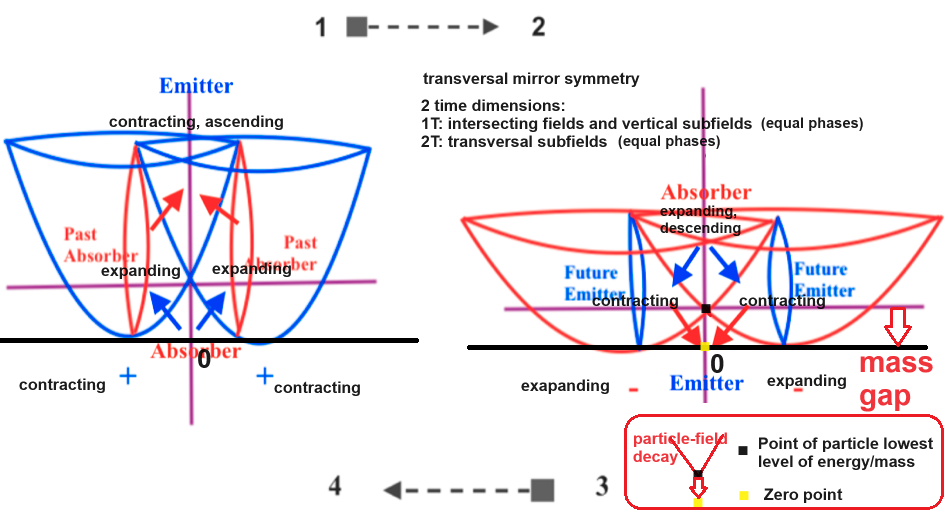
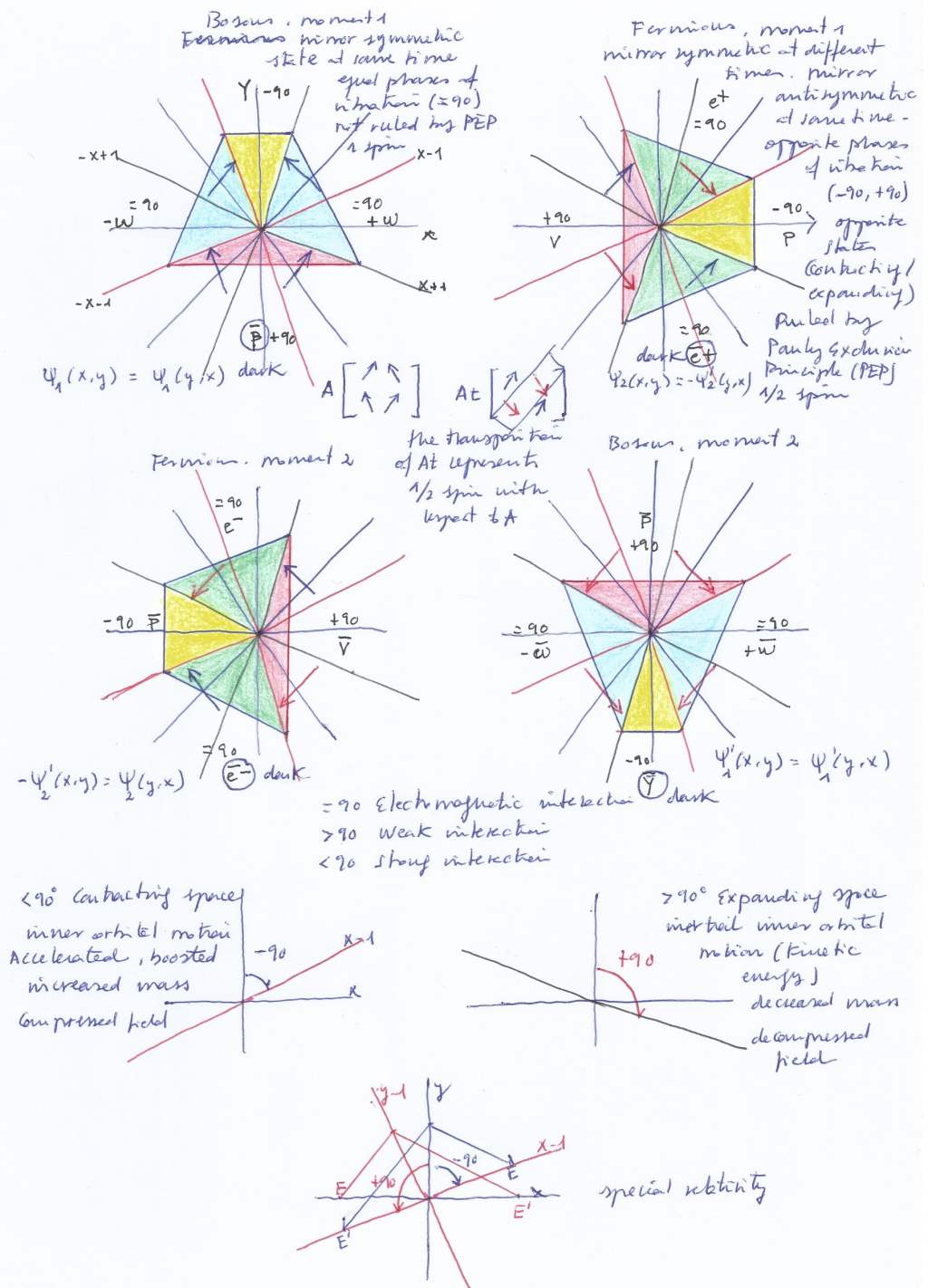
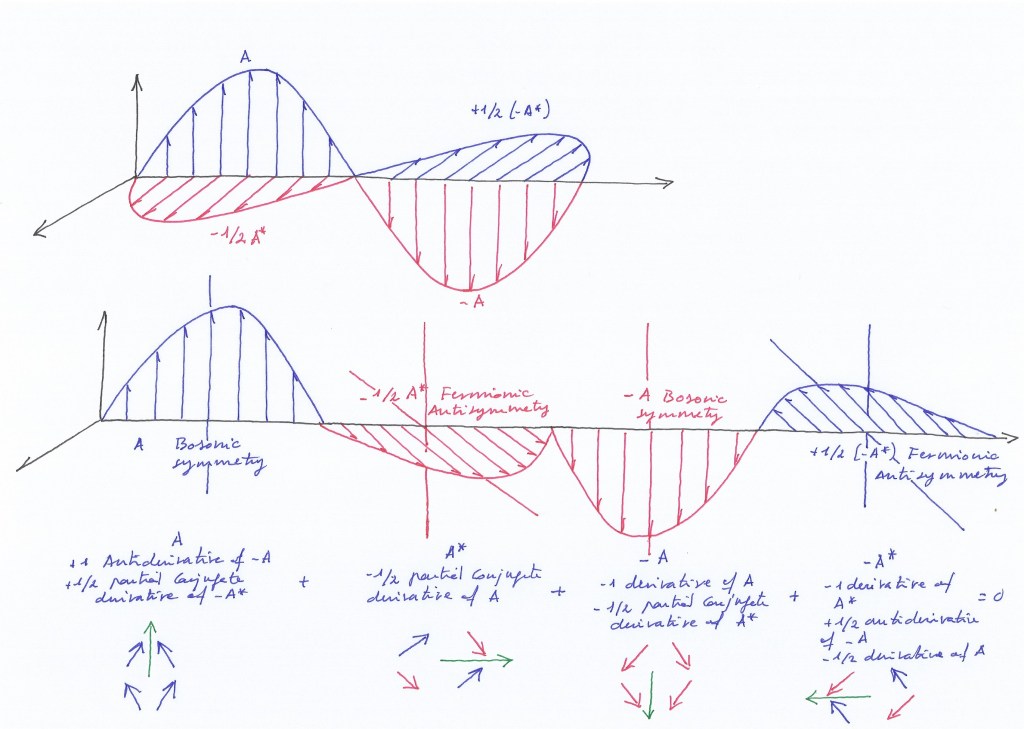
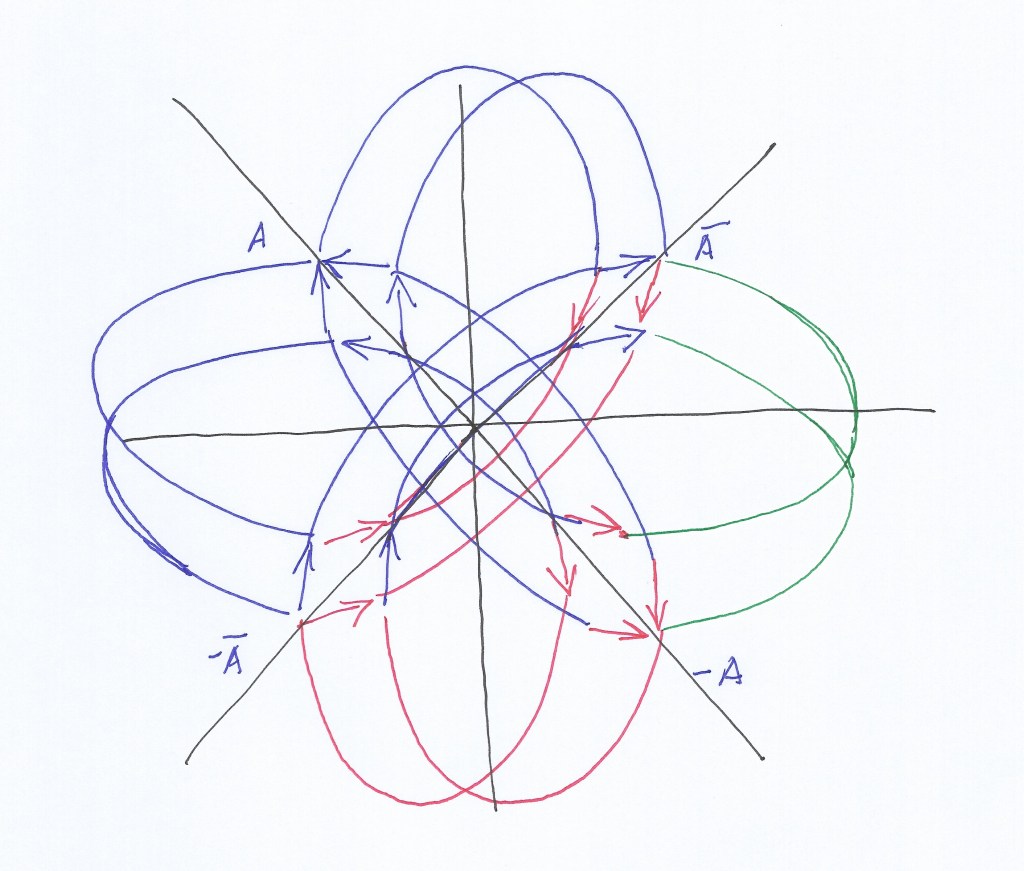


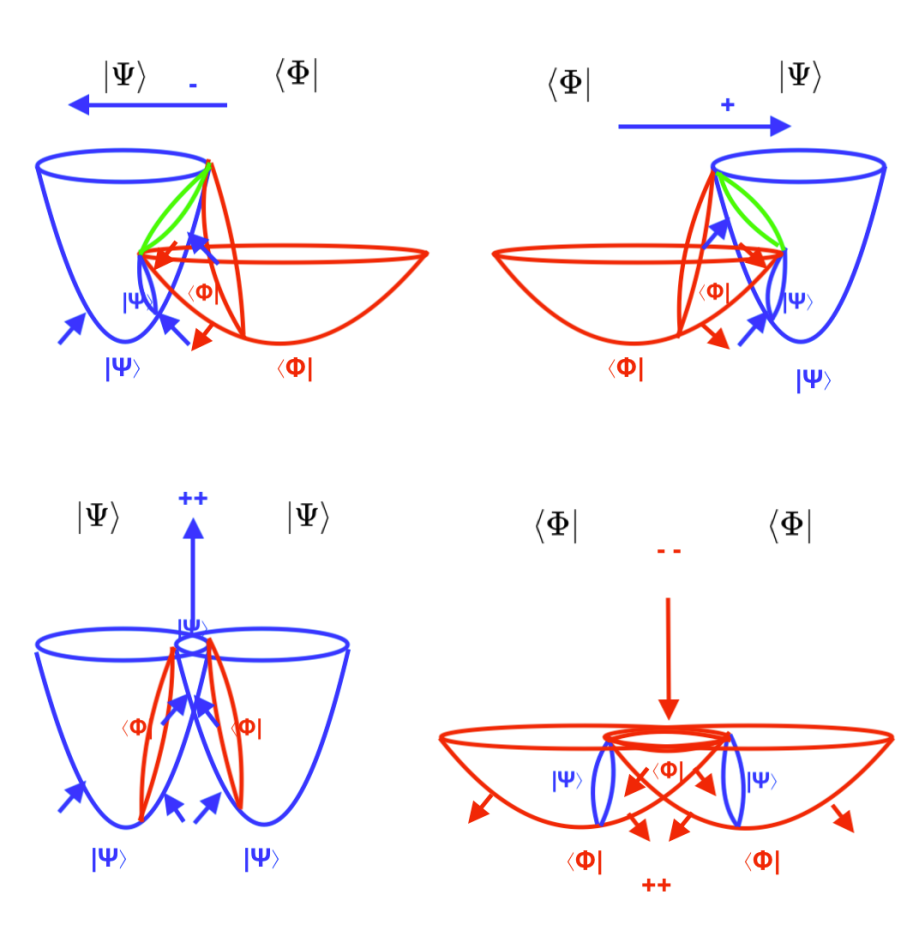






Escribe tu comentario